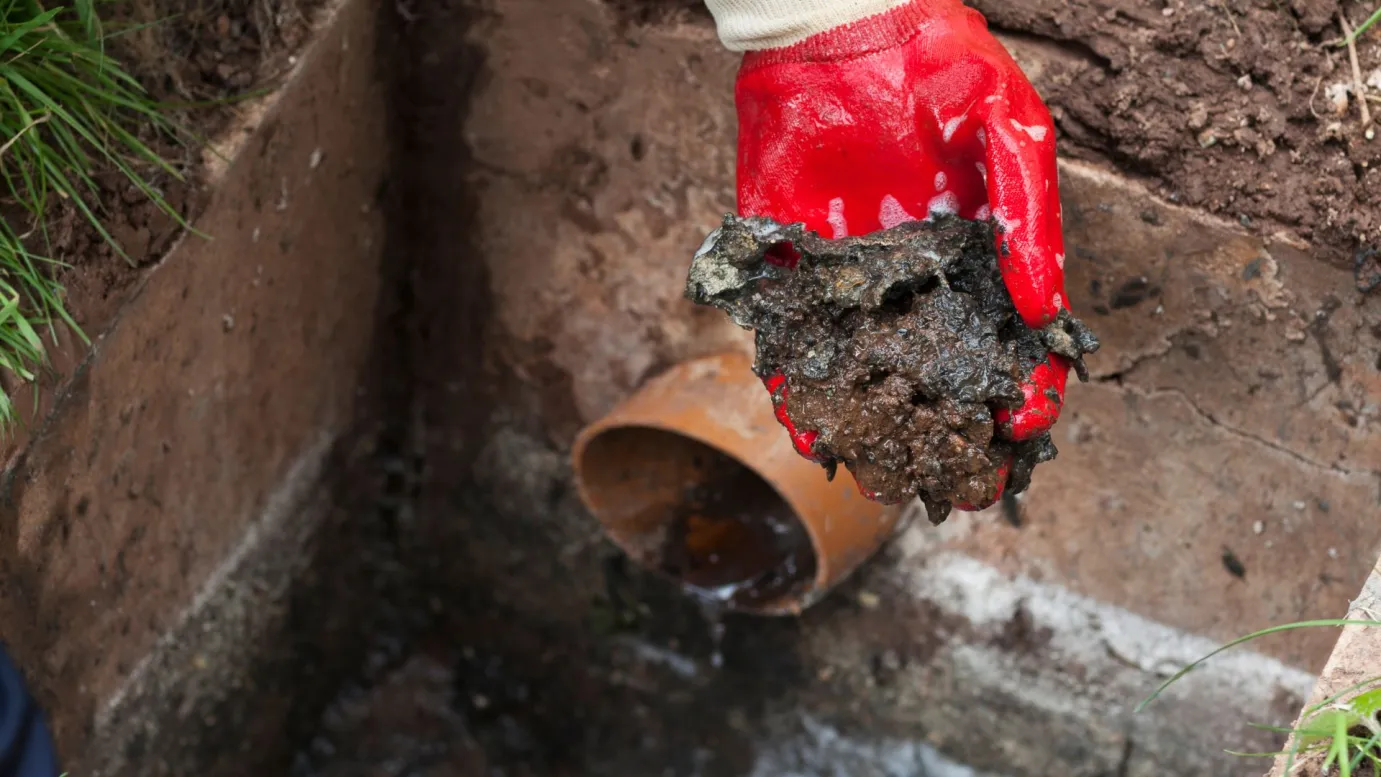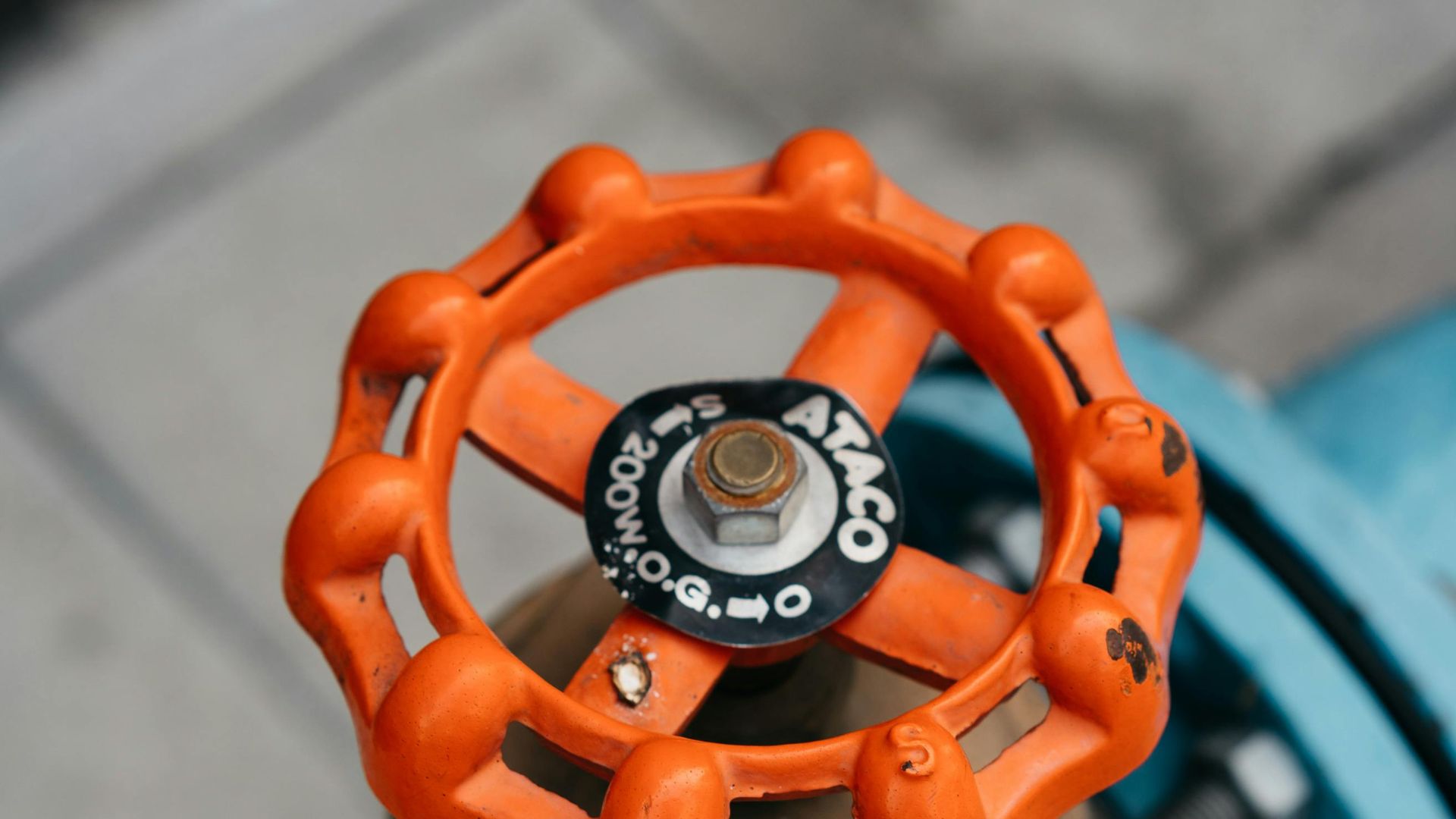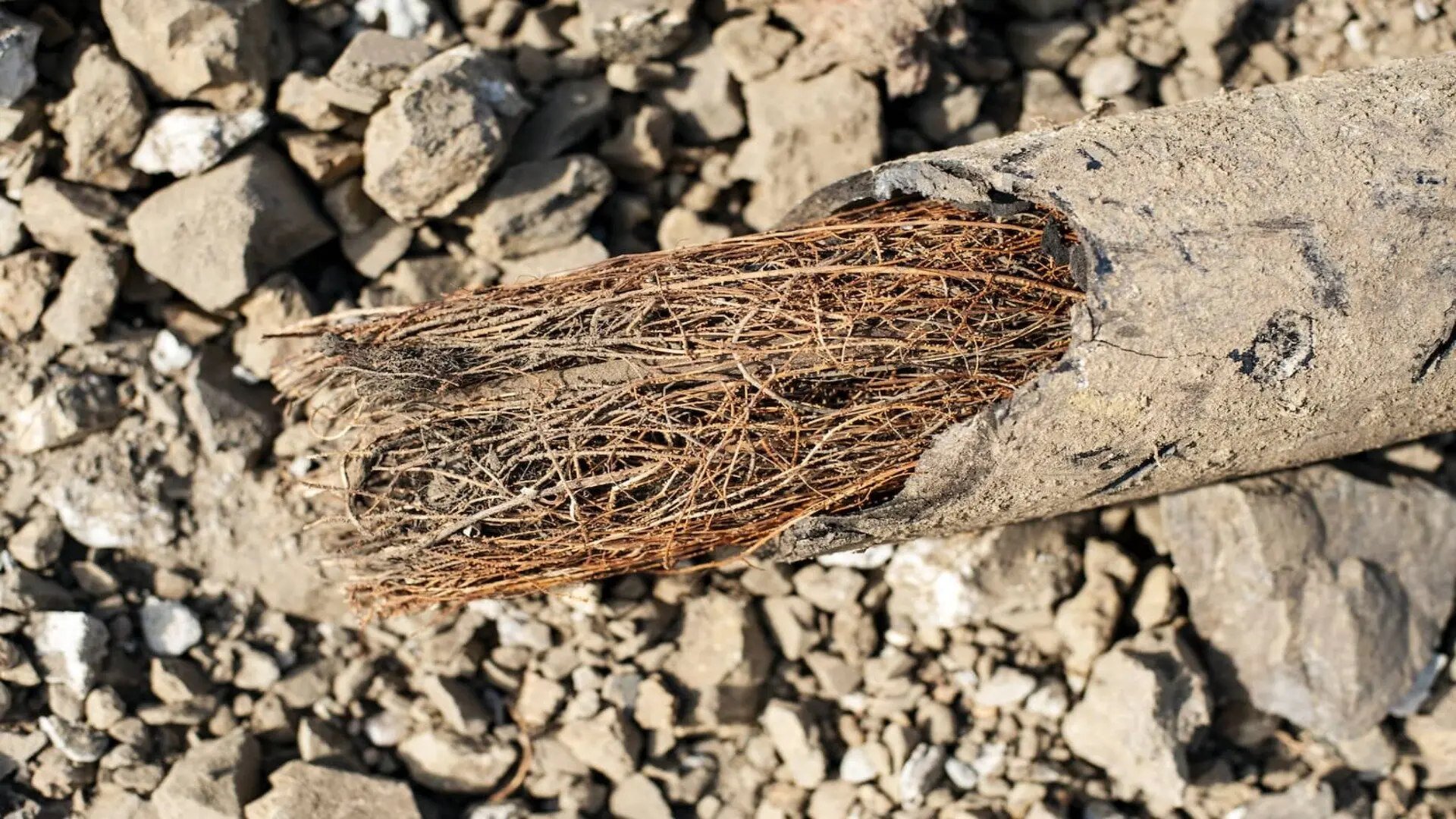
Tree roots can wreak havoc on drains and sewer lines if unchecked. As trees’ root systems expand, searching for water and nutrients, they often enter cracks and openings in underground piping.
Once tree roots get into pipes, they can really spread inside, thickening along the walls. Over time, this root growth narrows the flow, occasionally leading to partial or complete blockages that halt water movement.
Blocked drains can result in backed-up sewage, flooded basements, and costly water damage to homes and property. This blog post will discuss how tree species’ roots commonly invade drain systems and look at practical solutions for removing existing root blockages and preventing future problems. Proper drain maintenance and root barrier installation are crucial to keeping pipes flowing freely without tree root obstruction.
Common Issues Tree Roots Cause in Drain Systems
Tree roots in drain systems often lead to partial or complete blockages. As roots grow, they wrap around the inside of sewer pipes, choking off the flow over time.
This restriction can eventually block drains completely. Additionally, tree roots may cause cracking or lifting of drain pipes.
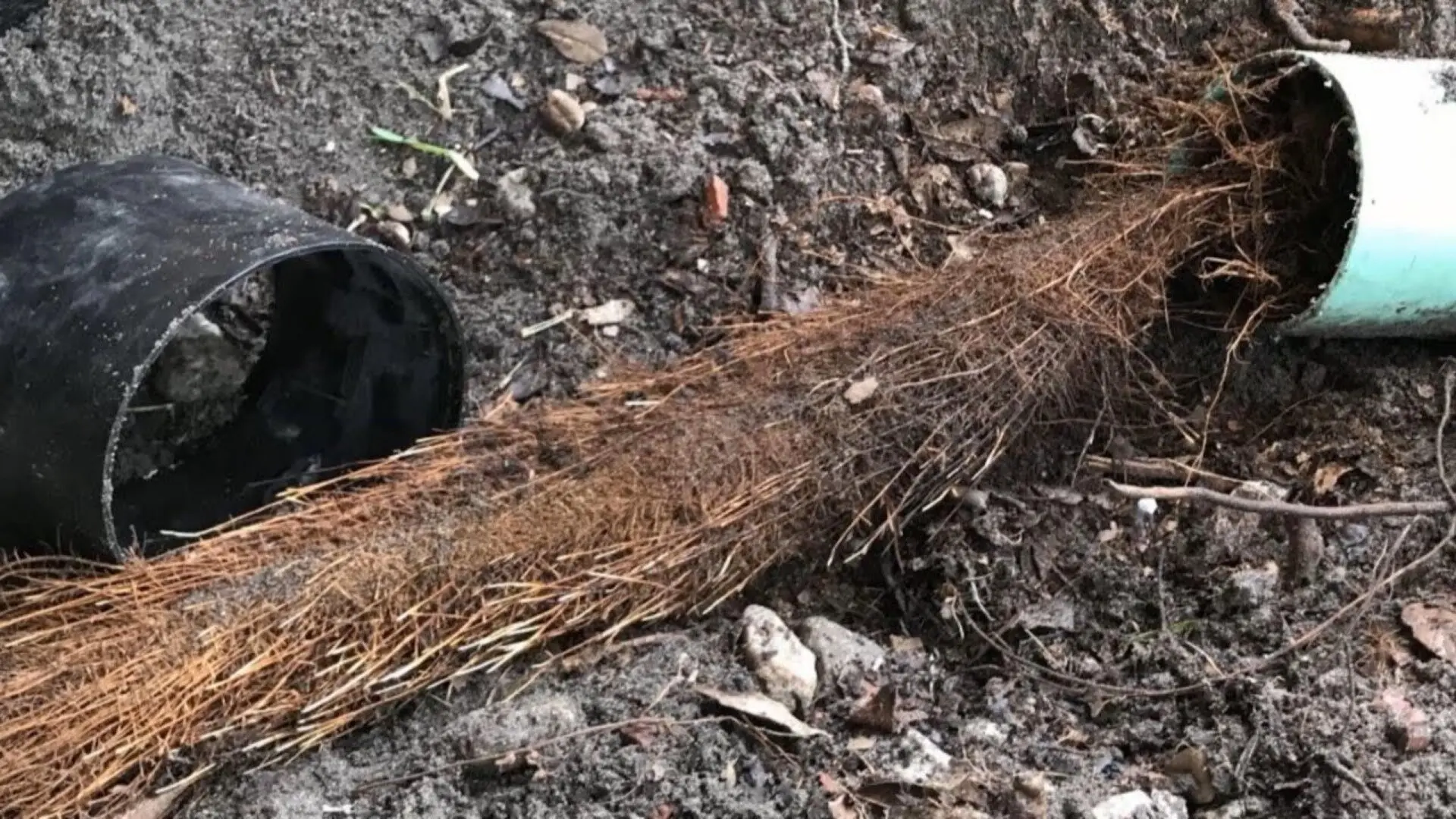
Large, fast-growing trees are the biggest contributor to root growth in drains. Tree roots penetrating deep within the drain are called ‘anchor roots'. Aggressive root growth from the inside can exert pressure that cracks or breaks brittle pipes. Roots may also break through weaker sections of the piping as they grow.
This results in uneven surfaces, wavers, and leaking joints. If left unchecked, cracking and damage to underground pipes can accelerate pipe deterioration.
Signs Tree Roots May Clog Your Drains
Keep an eye out for signs that tree roots are invading your drainage. Slow drains in your sinks, tubs, or toilets are a classic sign.
Roots that narrow pipes can severely slow water flow. Overflowing drains or backups occur because the pipes can’t manage normal water volume. You might even hear gurgling or bubbling as trapped air escapes.
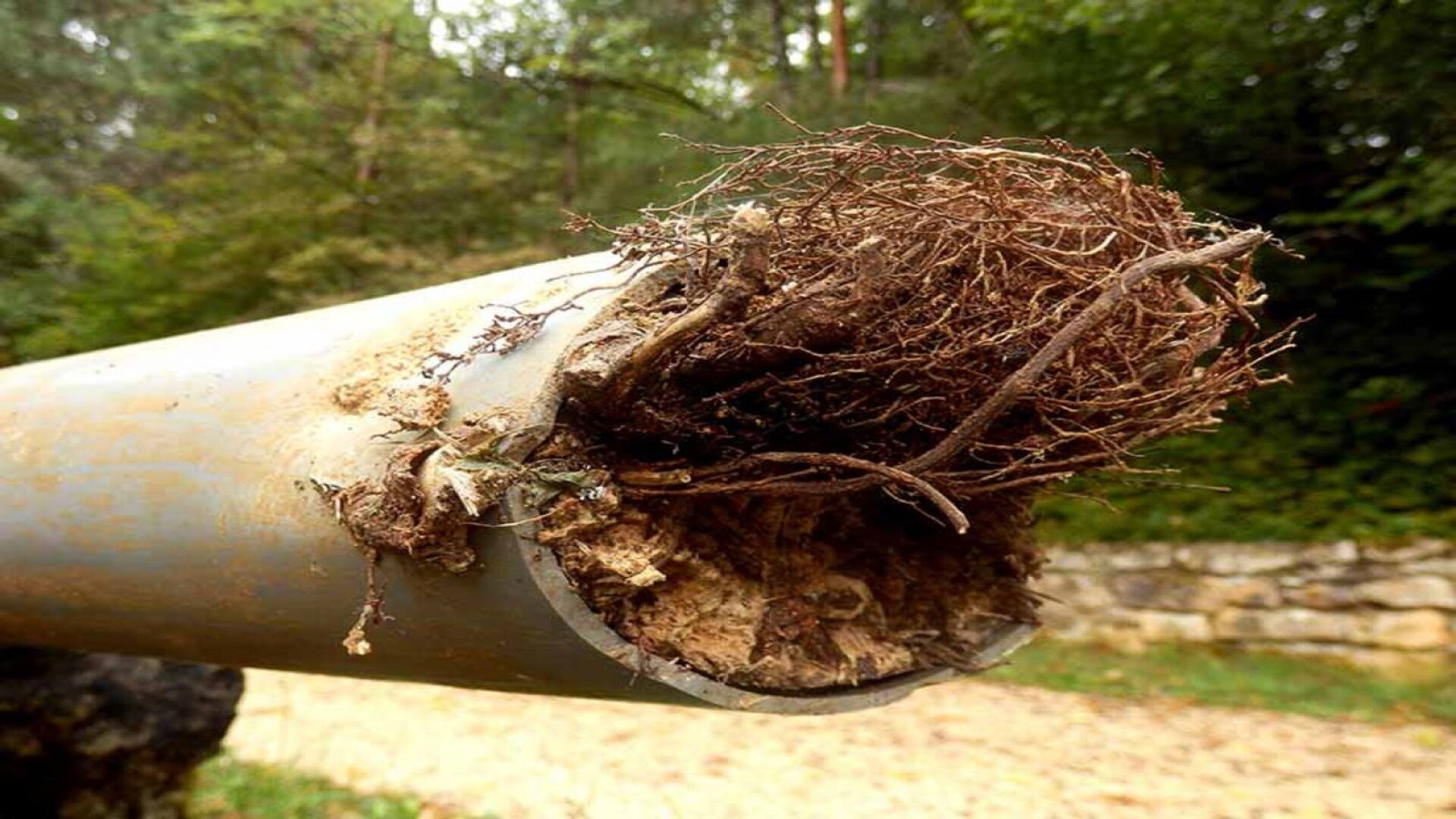
Finally, sorting through piles of woody debris or roots pulled from vent stacks or cleanouts during snaking operations provides visual confirmation of intruding roots. Addressing these signs early before a complete tree root blockage can save homeowners a lot of hassle and repair costs.
Preventing Root Intrusion in Drains
Removing existing tree roots from drain systems can be challenging but is essential to restore proper flow. Several tree root removal methods are commonly used:
Mechanical snaking
A powered drain cleaning snake with a rotating steel blade or chain can cut through roots as it enters the pipe. It may require multiple passes to completely clear extensive root growth.
Hydrojetting
High-pressure water spray is directed into the plumbing pipes to break up and flush out loosened roots. This method is effective for light to moderate root build-up.
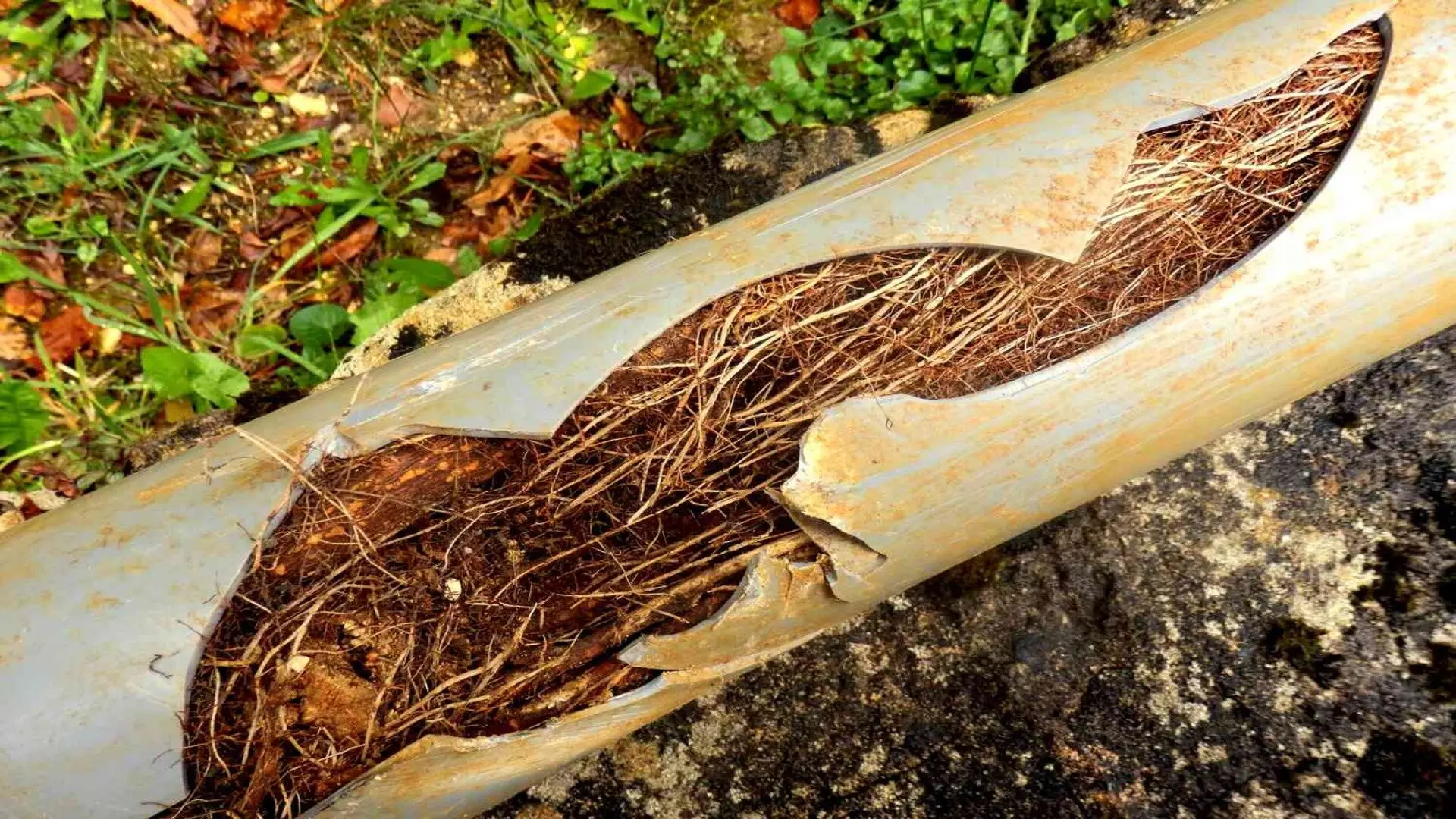
Camera inspection
Inspection cameras allow plumbers to identify root locations visually for targeted cutting or removal, helping to determine needed repair work.
Pipe bursting or replacement
For severely collapsed pipes completely engulfed in dense roots, pipe bursting or pulling a new section may be more cost-effective than multiple root-cutting attempts. To avoid regrowth, remove tree roots from the source.
Proper removal is essential, but homeowners should prevent future intrusion with physical root barriers or maintain proper pipe separation from trees.
Removing Existing Root Blockages in Drains
Removing root blockages in drain systems can help restore normal flow and avoid more severe issues like backups. The first step is using a hand-cranked or power-rotating steel auger-drained cleaner to break up and extract roots from the pipe opening.
Starting small and gradually increasing auger size may help dislodge tightly packed roots. However, in some cases, roots have grown too deeply or thickly wound inside to fully clear with mechanical tools.
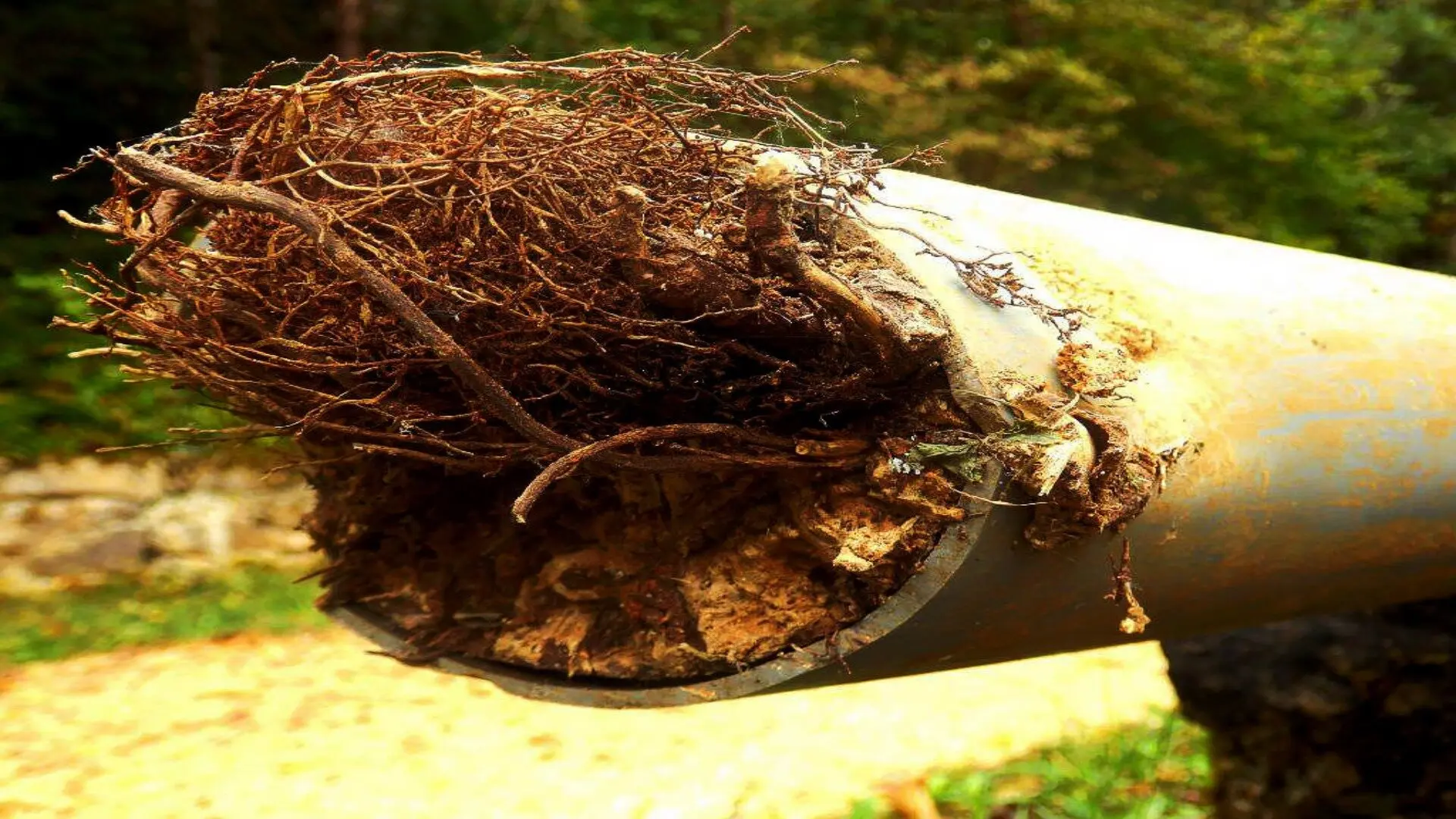
Then, careful hydro-jetting with high-pressure water jets or powered root cutters on extension rods may be needed to cut through tenacious roots farther down the line. A video inspection camera can help locate remaining root fragments for targeted removal.
Stubborn blockages may require consulting a plumber experienced in removing extensive root build-up using specialised equipment or piping replacement if roots have seriously damaged the lines.
Techniques for Discouraging Further Root Growth
Once existing root blockages are cleared, ongoing maintenance is essential to discourage future growth problems. Installing a physical root barrier when repairing or replacing damaged sections of pipe can inhibit new roots from entering the area.
Opt for barriers made from materials like sheet metal or thick plastic that roots cannot penetrate. Routinely checking accessible cleanouts and vent stacks for signs of early root infiltration also allows for catching problems in the early stages.
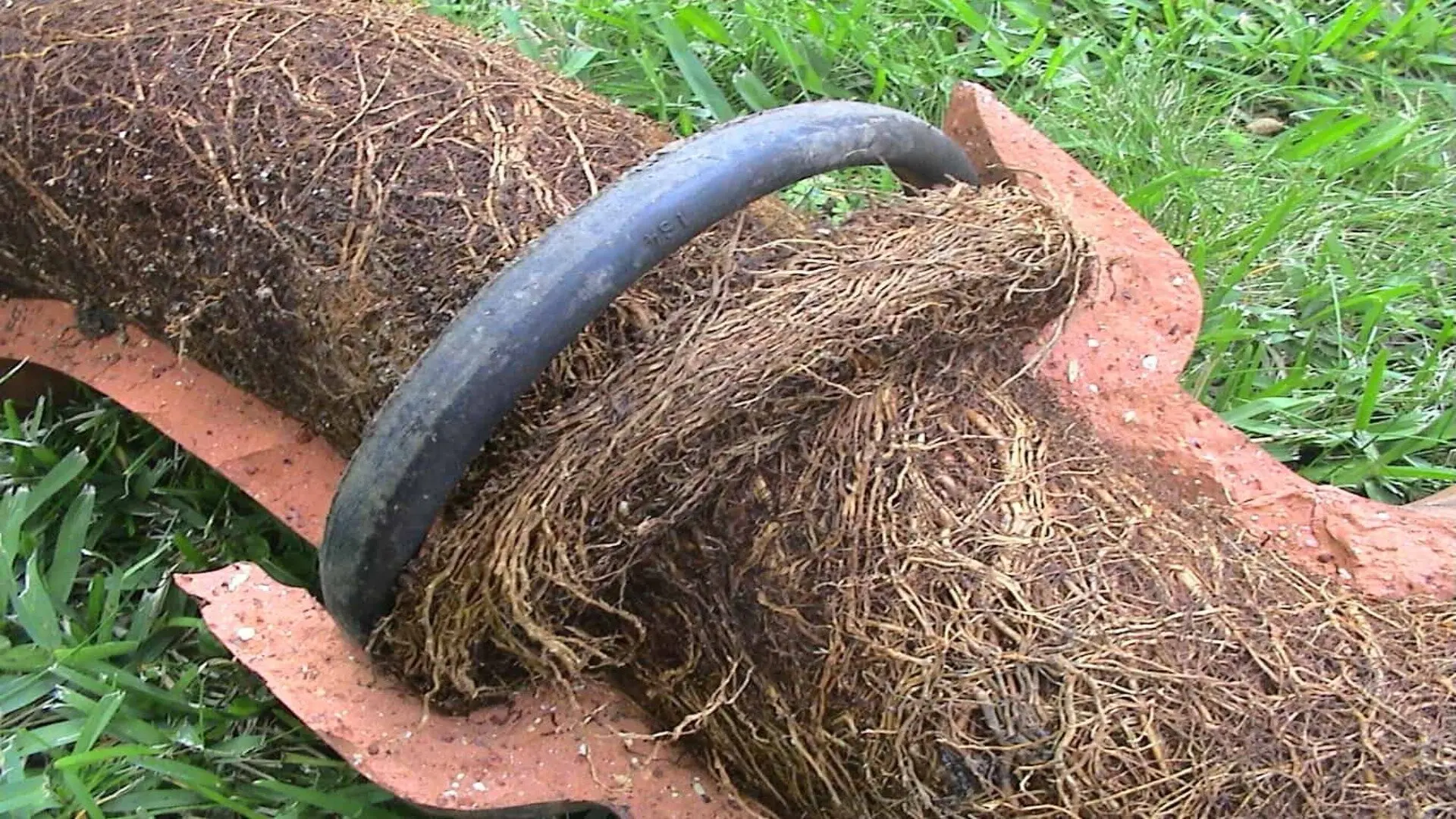
Using root retardant chemicals that make roots’ growth toxic or repellent when applied around pipes also provides time-limited protection. Maintaining at least a few feet of space between nearby trees and drains is also critical. Finally, prompt removal of any fertiliser, pet waste or other organic debris near pipe areas deprives roots of the nutrients they follow.
When is Drain Replacement Necessary?
If tree roots have badly damaged or warped parts of your drain pipe, you might need to replace it rather than keep fixing it. Look out for extensive cracking, holes, or collapse of more than 30% of the pipe wall as signals for replacement.
When roots burrow deeply into every crevice, thorough cleaning becomes impossible. Likewise, pipe joints that can’t seal after repeated root removal could need replacing.
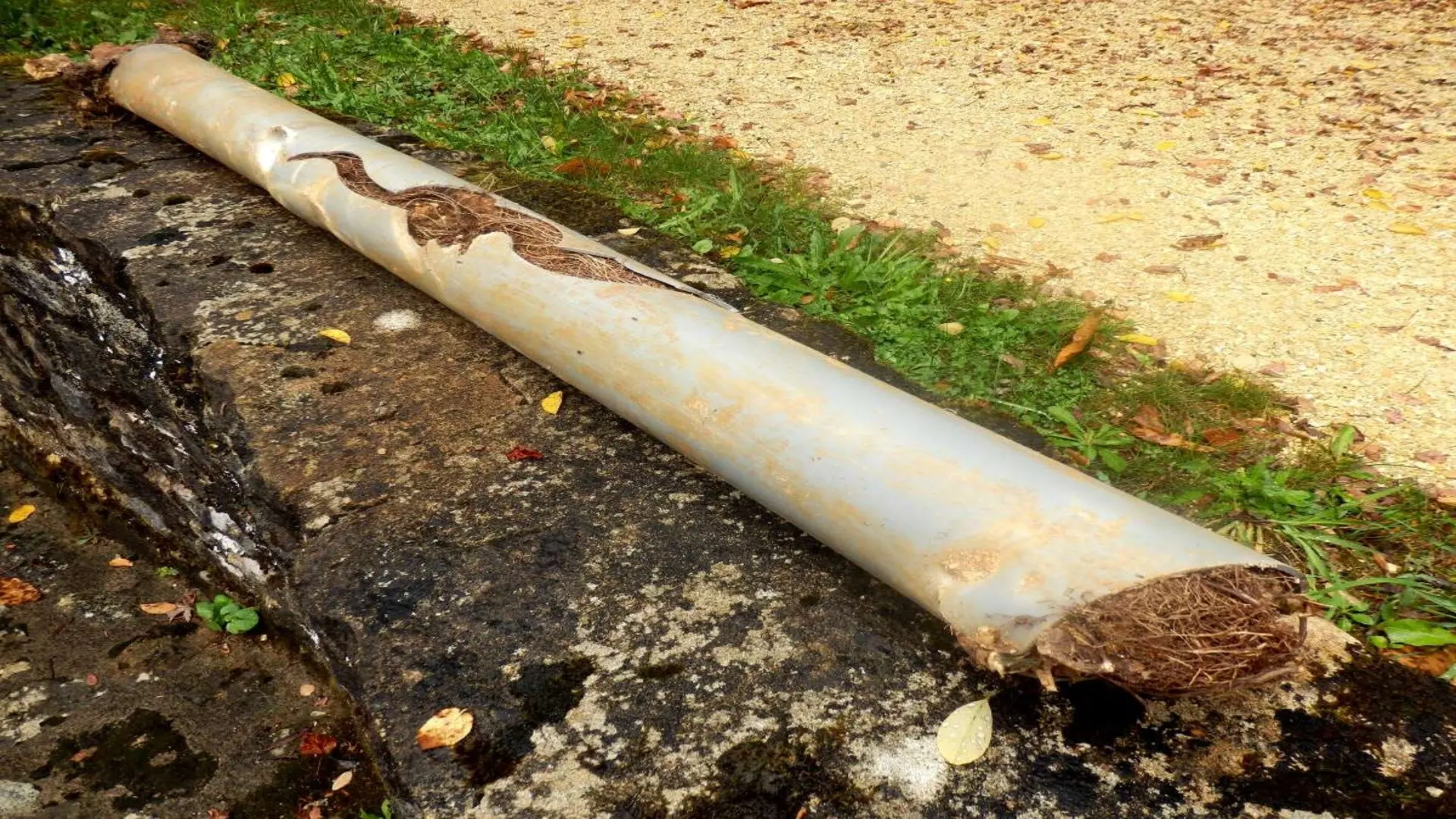
Sections, where the interior diameter has decreased by half or more due to root build-up, cannot handle standard flow capacities. Pipes over 40 years old made of brittle materials like unglazed clay that cannot withstand sudden pressure from root growth inside also need replacement.
It’s best to consult a plumber to determine if a pipe can still function properly or needs replacement for long-term drainage and to prevent backups.
Choosing Drain Materials Resistant to Roots
When replacing sections of your drains, it’s crucial to pick materials that discourage root growth. PVC is a solid option since roots struggle to cling to its smooth surface.
Concrete pipes are sturdy as well, but you’ll need to protect the joints. For superior root resistance, consider pipes with polyvinylidene fluoride (PVDF) coating.
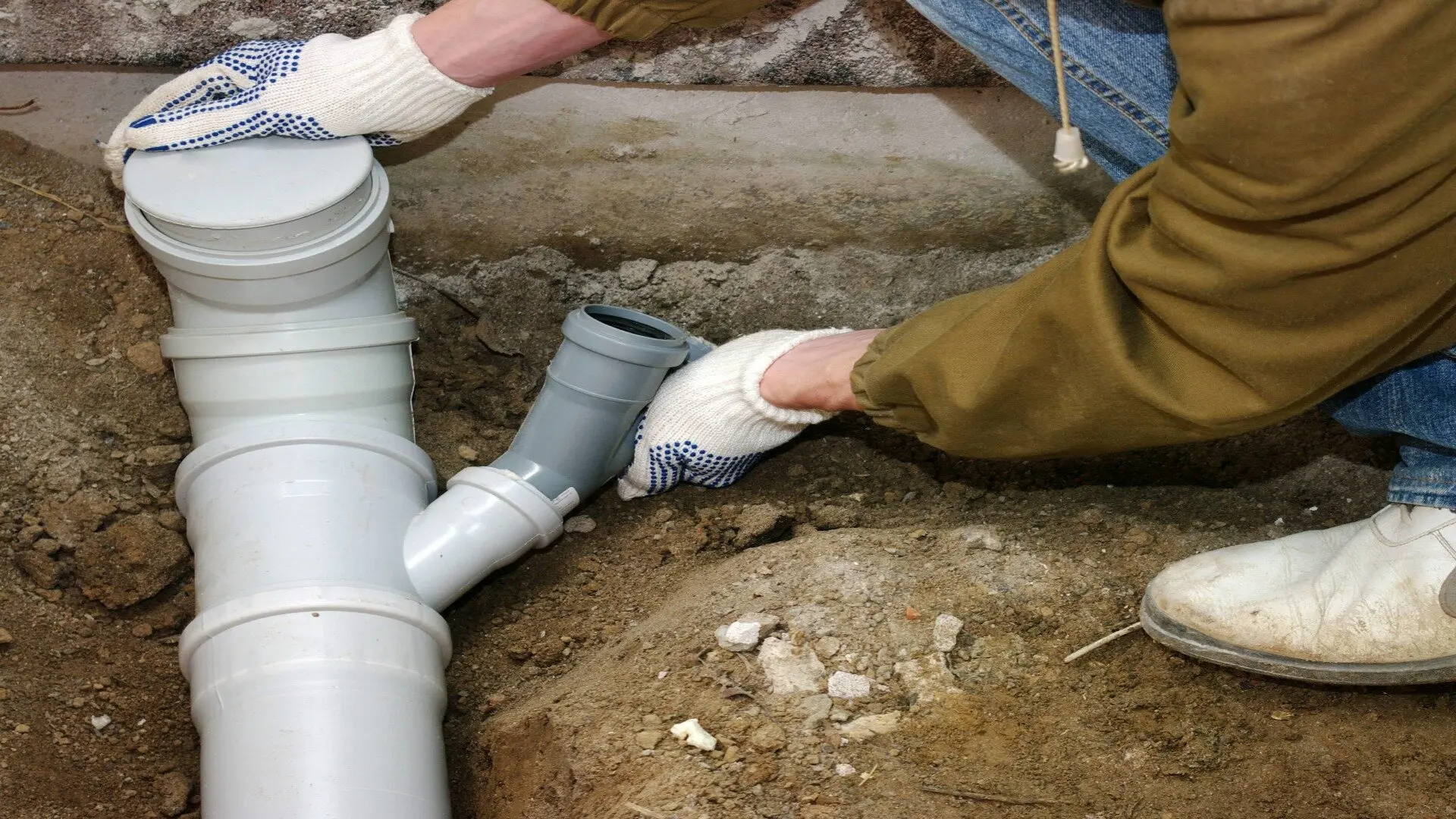
This creates a highly slick surface where roots slide off instead of attaching. Vitrified clay is dense and non-porous, making it difficult for roots to enter.
What to avoid are materials like cast iron and terra cotta that are porous and rough inside - roots can take advantage of these surfaces. Installing a separate root barrier adds a protective layer for any pipe material.
Working With Tree Roots Without Damaging Trees
When removing intrusive tree roots from drains, it’s essential to do so carefully without severely damaging the tree. Cut roots back only to where they enter the pipe.
Avoid cutting large structural roots that could compromise the tree’s stability. Use hand pruners or small excavation tools to cut roots rather than painfully tearing them out cleanly.
Always cut roots perpendicular to their direction of growth. In some cases, lifting and repositioning conduit away from roots rather than cutting may work.
Consider having an arborist on hand for large root removal near trees. Promptly backfill any excavations near trees to avoid leaving exposed roots vulnerable to drying out. Following these best practices helps correct drainage issues without negatively impacting valuable trees over the long run.
The Root of the Problem: Balancing Trees and Drains
Tree roots can be a real headache for underground drain pipes if not handled properly. They can cause anything from partial clogs to complete destruction of pipes. But if you follow our tips, like early prevention, root removal techniques, and pipe replacement when necessary, you can keep your drainage system running smoothly.
Fixed Today provides thorough drain cleaning and plumbing repairs for root-related issues. Our fully licensed team is skilled in tackling even the toughest root blockages. If you notice any signs of blockage or suspect tree roots near your drains, reach out to a professional plumber to avoid further damage. We’re committed to restoring your drains and pipes quickly and will work to prevent future problems.

